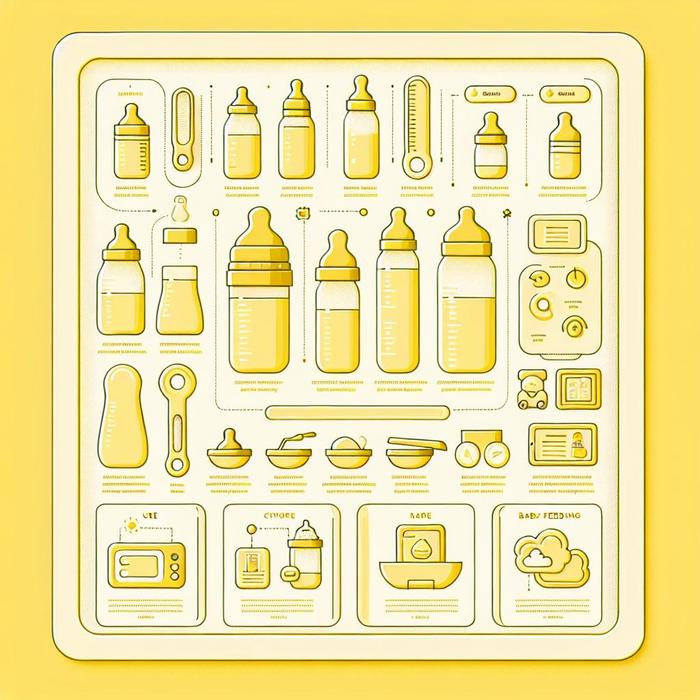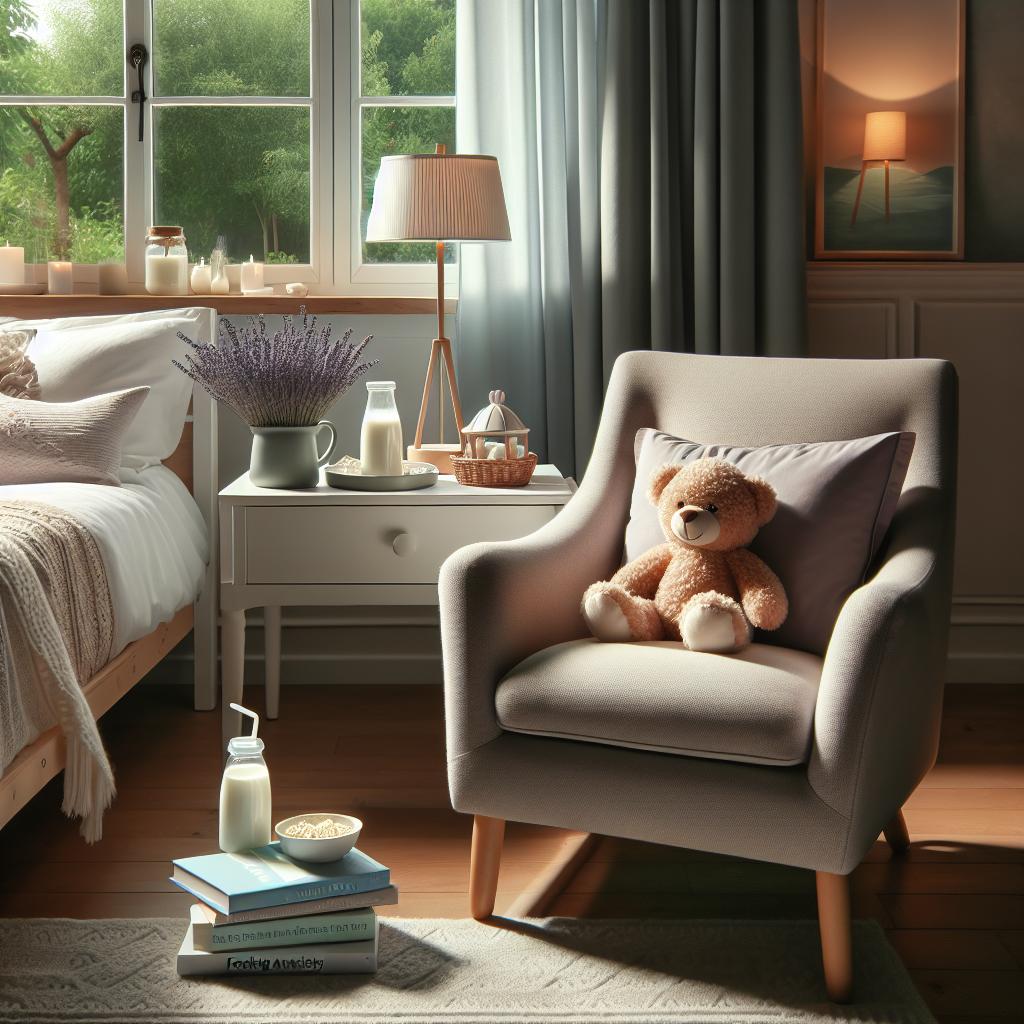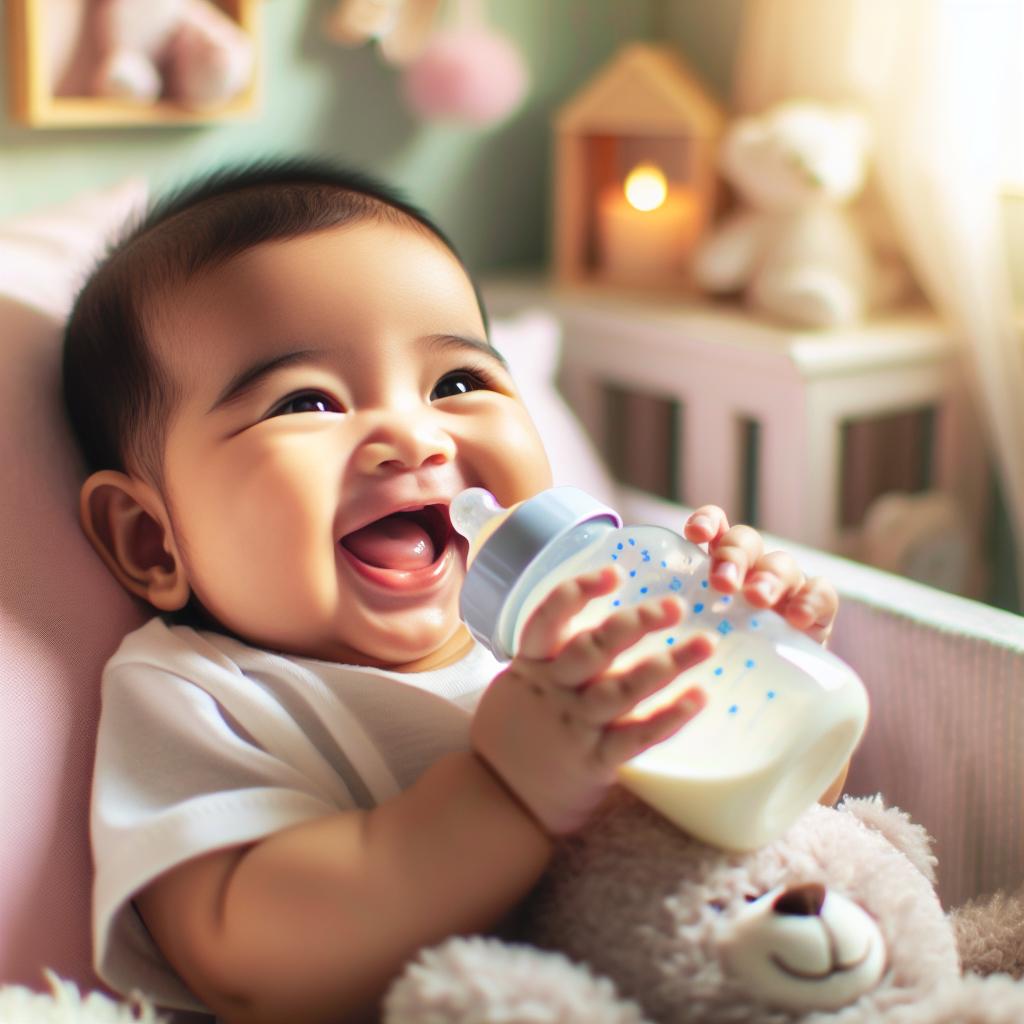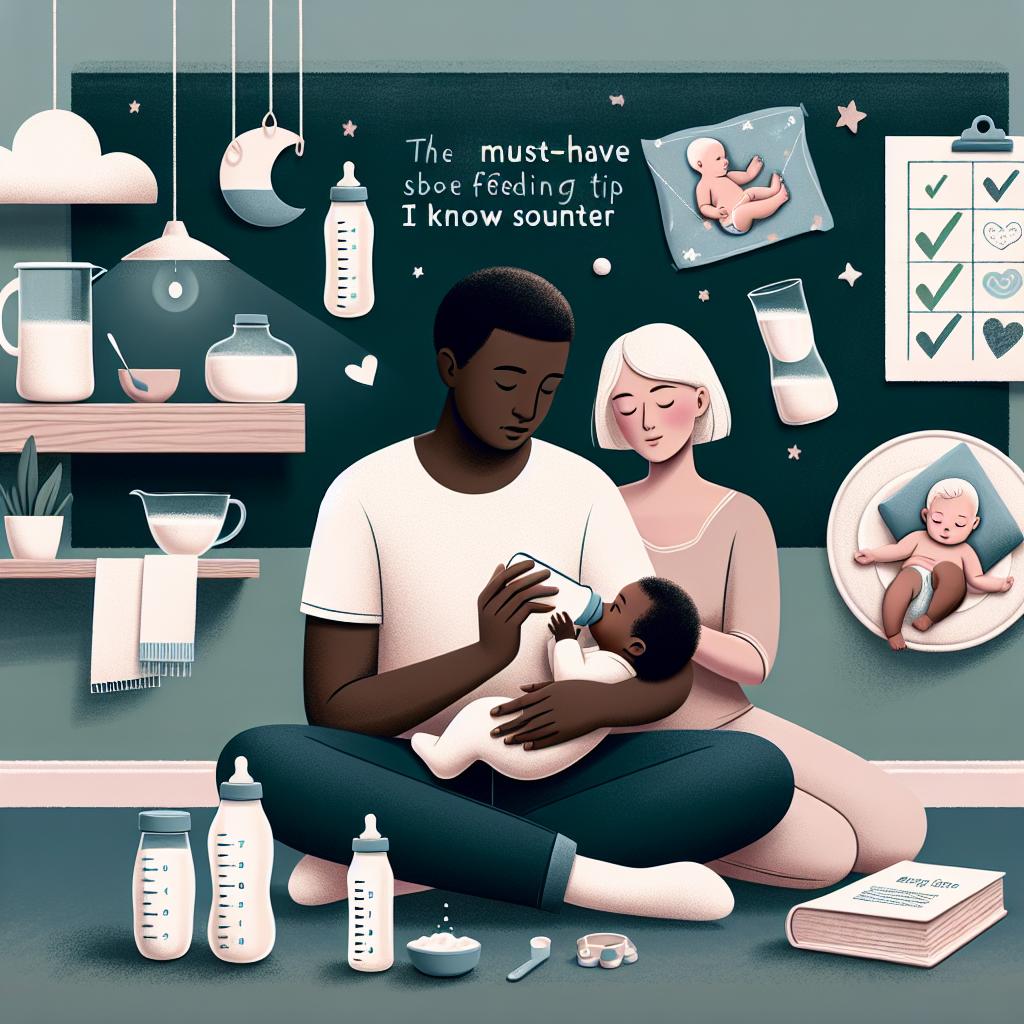Understanding the Different Types of Baby Bottles
Navigating the world of baby bottles can feel like a confusing maze for new parents. With a multitude of types, materials, and features to choose from, it’s normal to feel overwhelmed. In this post, we’ll delve into the main types of baby bottles and their uses to assist you in making the best choice for your little one.
Main Types of Baby Bottles
Below are the most common types of baby bottles:
1. Standard Bottles: These are the most basic type of baby bottles. They’re usually straight-necked and easy to clean.
2. Anti-Colic Bottles: Designed with a special venting system to reduce the amount of air your baby swallows, these bottles can help prevent colic.
3. Disposable Liner Bottles: These bottles feature a disposable liner that holds the milk and contracts as your baby feeds, reducing the amount of air ingested.
4. Natural or Wide-Neck Bottles: With a broader, breast-like nipple, these are designed to mimic breastfeeding, making them a good option for babies transitioning from breast to bottle.
To learn more about innovative features in baby bottles that are sure to delight new parents, check out our previous post.
Choosing the Right Material
Baby bottles are made from different materials, each with its own pros and cons:
– Plastic: Lightweight, inexpensive, and unbreakable, plastic is the most common choice. However, they can wear out faster than glass or stainless steel.
– Glass: Although heavier and potentially breakable, glass bottles are durable, long-lasting, and free from chemicals found in some plastics.
– Stainless Steel: Durable, lightweight, and long-lasting, stainless steel bottles are often more expensive but are a good investment over time.
Factors to Consider When Choosing a Baby Bottle
Several factors should influence your choice of baby bottle:
– Baby’s Preference: Ultimately, the best baby bottle is the one your baby prefers. It may require some trial and error, and don’t be surprised if your baby prefers a certain type of bottle over others. For more on this, read the insightful discussion on Reddit.
– Bottle Cleaning: Some bottles are easier to clean than others. Consider how many parts each bottle has and if it’s dishwasher safe.
– Health Concerns: Some parents prefer bottles made from materials like glass or stainless steel to avoid potential chemicals in plastic. This article from Mount Sinai offers more information on health considerations.
How to Use Baby Bottles Safely
Regardless of the type of baby bottle you choose, safe usage is paramount:
– Ensure to wash your hands before preparing your baby’s bottle.
– Follow the instructions on the formula packaging carefully.
– Use the appropriate amount of water and formula.
– After feeding, thoroughly clean the bottle and teat.
The CDC provides more comprehensive guidelines on bottle-feeding.
Transitioning Between Bottle and Breast
Some babies may refuse to transition from breast to bottle. Here are a few tips:
– Introduce the bottle early: Between 2-4 weeks is usually a good time.
– Use slow-flow nipples: This will make the transition less overwhelming for your baby.
– Keep trying: Introduce the bottle when your baby is calm and not overly hungry.
Read our post on handling toddler temper tantrums for more tips on managing tricky transitions.
In the realm of baby care, feeding is just one aspect among many. Choosing the right bottle can significantly enhance your baby’s feeding experience, making mealtimes less stressful for both you and your baby. Remember, every baby is unique, and what worked for one may not work for another. It’s all about finding what’s right for your little one.
Benefits Of The Right Baby Bottle
Selecting the appropriate baby bottle can have numerous benefits:
– Healthy Growth: According to WebMD, picking the right bottle can facilitate robust digestion and ensure proper nutrient absorption, fostering healthy growth and development.
– Comfort: The right bottle reduces ingestion of air, diminishing discomfort and colic. Bottles with a venting system or disposable liner bottles may be beneficial in this regard.
– Convenience: Each baby bottle type offers different features, such as being easier to clean, contouring to your baby’s grip, or preserving nutritional content. Select the bottle type that best aligns with your family’s lifestyle and needs.
Recommendations From Experts
For recommendations on the best types of bottles, consult experts like pediatric dentists. For instance, the specialists at Urban Pediatric Dentistry provide suggestions on the baby bottles that are the best for oral health, thereby minimizing dental issues down the line.
Different Types of Bottles for Special Needs
Caring for babies with special needs may require certain types of bottles. For instance, SeattleChildren’s Hospital offers insights on bottles specifically designed for babies with cleft palate. These bottles are intended to facilitate feeding while protecting the infant’s safety and comfort.
Maximum Comfort for Both Baby and Parent
Another factor to consider while selecting a baby bottle is how comfortable it is for the person doing the feeding. Ergonomic designs that are easy to hold can make the feeding process more pleasant for everyone involved. Choosing a bottle that feels good in your hand can help prevent fatigue during those middle-of-the-night feedings.
Creating a Bottle Feeding Routine
Aside from the bottle type, establishing a consistent feeding routine can greatly benefit you and your baby. The UK’s leading charity for parents, the National Childbirth Trust, offers advice on developing a successful routine in their article “ What bottles and teats do you need for babies?”
Variable Flow Nipples
Note that some bottles come with variable flow nipples. These allow you to control the rate of milk flow based on your child’s age and feeding style. You must keep in mind to move to a faster flow as your baby grows and requires more feeding at a time.
All these factors taken together will significantly contribute to making an excellent and informed choice about your baby’s feeding equipment. Your understanding of different types and functionalities of baby bottles can make a substantial difference in your baby’s comfort and health.
And while feeding is just one aspect of baby care, a good feeding experience can create a major positive impact. It’s all about understanding your baby’s unique requirements and delivering the very best care.







